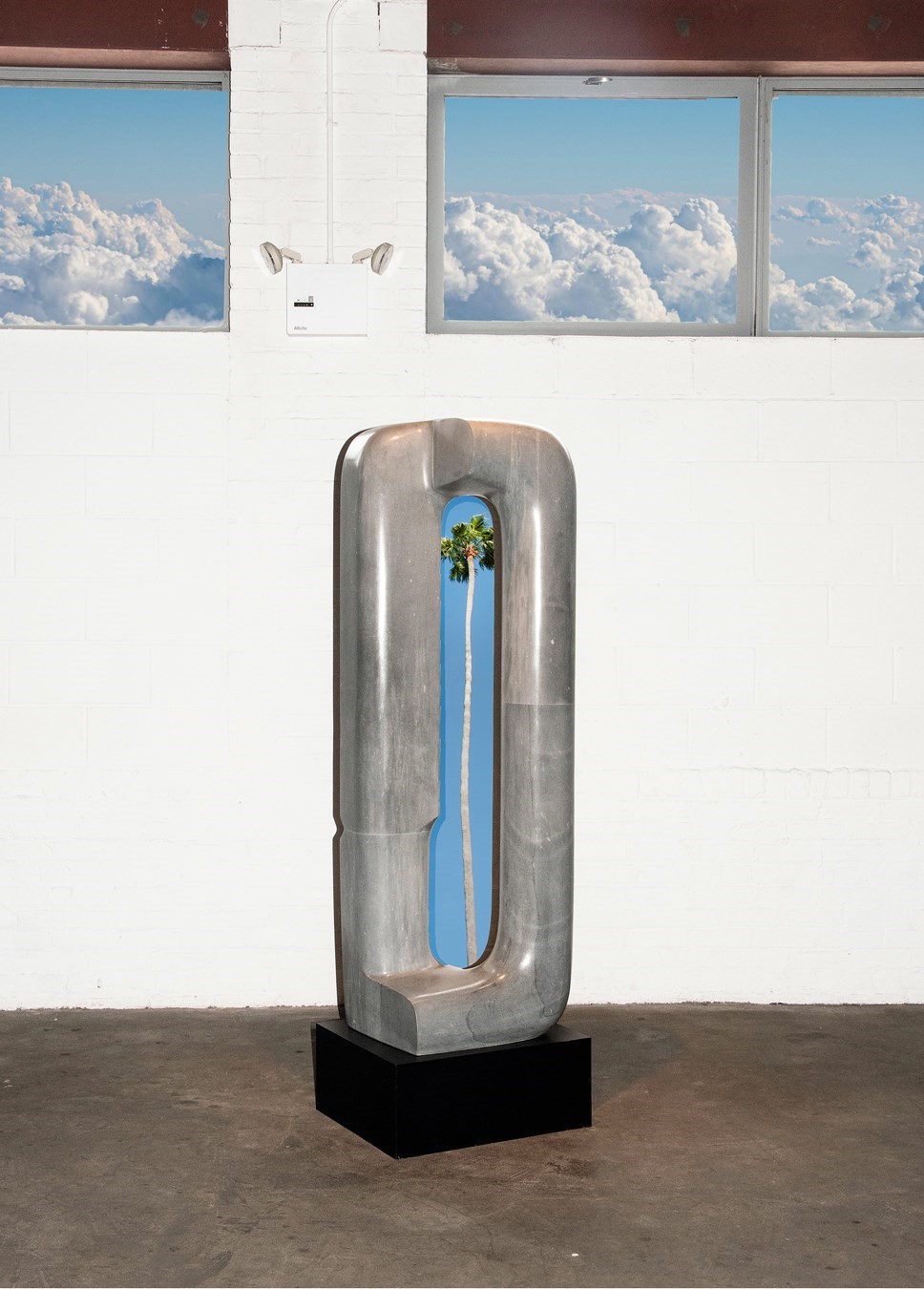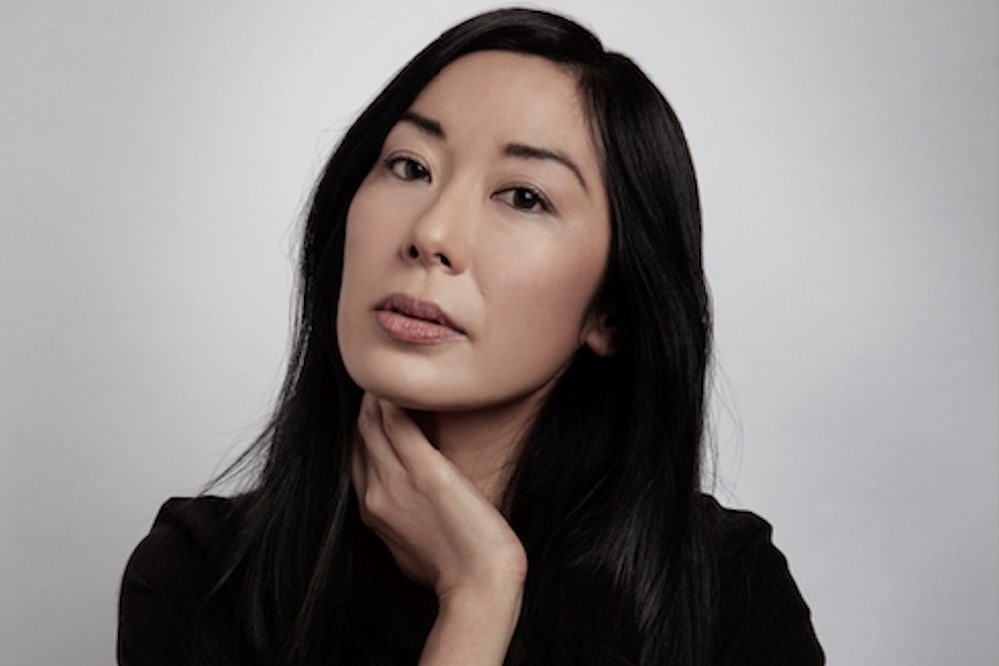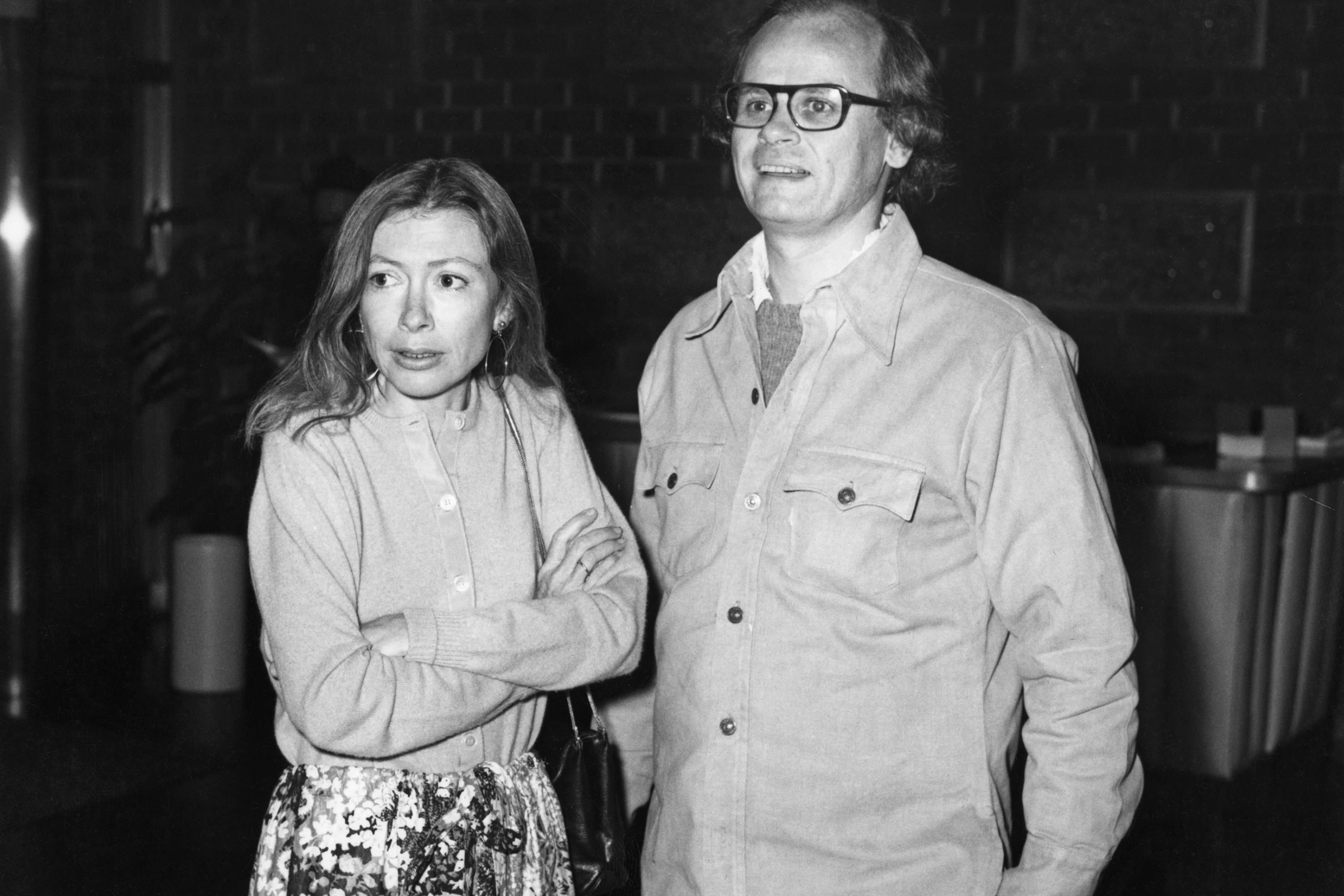This article is taken from the Autumn/Winter 2021 issue of AnOther Magazine:
The multifarious work of Isamu Noguchi has travelled the globe, redefining the boundaries of sculpture both during his lifetime and beyond. In celebration of his creativity and to coincide with a new retrospective at London’s Barbican, the acclaimed New York-based novelist Katie Kitamura conjures a dozen illuminating fragments inspired by the visionary Japanese-American artist’s life and work. Her writing is presented alongside photography capturing fresh perspectives of the artist’s works housed at the Noguchi Museum in Queens, New York, which is dedicated to preserving his legacy.
1
Momo Taro sits atop a hill at the Storm King Art Center in upstate New York. A sculpture in nine parts, it is set low to the ground and centres on a large split boulder. One side is hollowed out into a sizeable cavity, evoking a split fruit. The sculpture is inspired by the Japanese folk tale about a baby boy found inside a giant peach. Momo Taro contains nooks and hollows, a work that invites the play and privacy of childhood.
Several months before his death, Noguchi went to Storm King to visit his sculpture. As he approached the hill, he saw a small child playing on it. She asked him to join her within the cavity of the peach and together they disappeared inside. When Noguchi emerged a short time later, tears streaked his face. Of all his sculptures, this was the one he described as “made for children”.
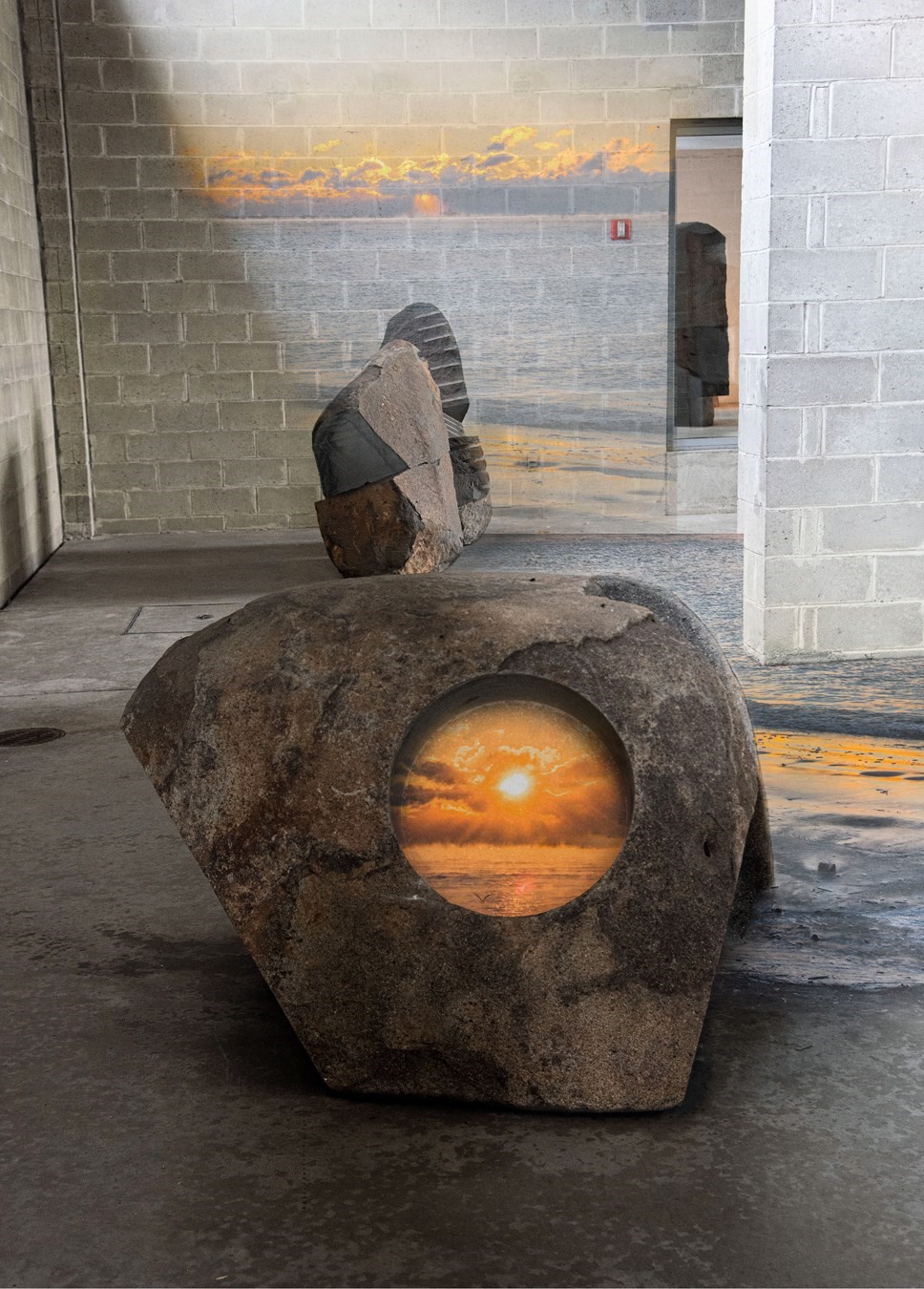
2
A scene from a childhood far from the idyll of Momo Taro. It is 1918, at the crowded port in Yokohama. The boy is 13 and known as Isamu Gilmour. His white American mother is there to see him off on the Amerika-maru, bound for Seattle. From there he will travel further inland, to a boarding school in Indiana. He is armed with a newly acquired American passport and is understandably anxious. The trip is the first of many kinds of exile.
Just as he is about to board, his Japanese father appears. The boy has not seen him in five years, and yet the father insists that he remain in Japan. The parents argue, until the boy makes his way up the gangway and boards the Amerika-maru. The first sundering of many. At times, it can seem as if both the life and the work are engaged in stitching those two parts together again, America and Japan. But that is an oversimplification.
3
He arrives in the United States in 1918 – the year of the flu pandemic and the final year of the first world war. After crossing on the Amerika-maru and a three-day train journey, he reaches Indiana. A process of assimilation ensues. A series of adjustments. He is soon entrenched in the culture of his progressive boarding school, struck by the open landscape of the Midwest. His teachers note his artistic aptitude, in particular his wood carving, a skill learnt in Japan.
Still, he is isolated. His mother is far away and communication is further hampered by the convulsions of war. In the autumn of 1918, the school suddenly closes and is converted into a military training camp. He remains there, unsupervised, surrounded by soldiers. Later, flu sweeps through the camp and he falls seriously ill.
He is eventually retrieved by a school administrator, who enrols him in a public school where he is racially bullied. Later still, he attends a high school where he goes by the name Sam Gilmour. War, abandonment, illness, bullying. However, the contacts he makes in Indiana stand him in good stead, and on the advice of a mentor there, he applies to Columbia University and is soon eastward bound.
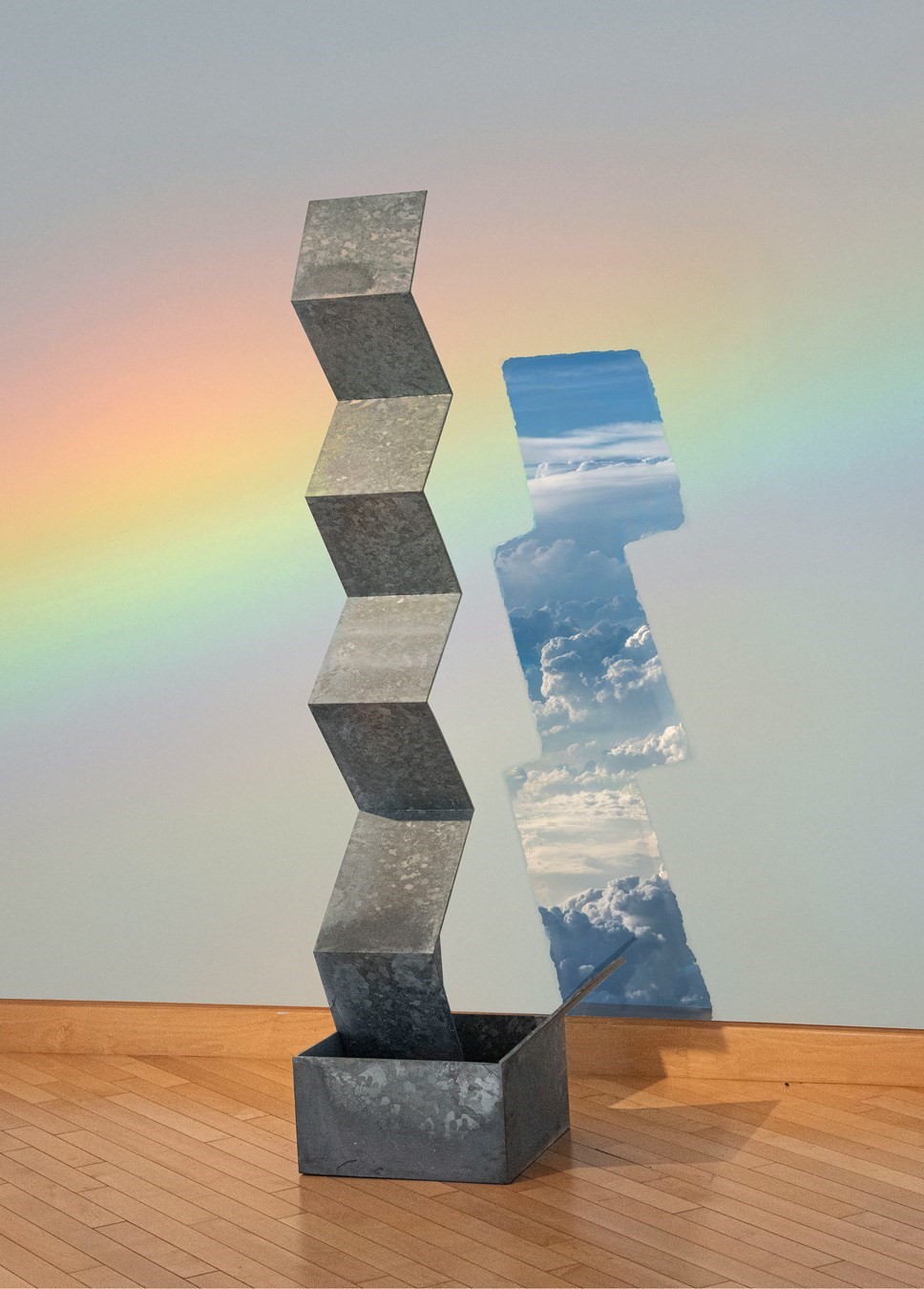
4
The rapidity of his ascent through New York is startling. He is 19 when he is given his first solo exhibition, and his work is exhibited in Paris and at the Grand Prix de Rome in New York. Perhaps most significantly, he takes his father’s name and becomes Isamu Noguchi. No longer Sam Gilmour, or even Isamu Gilmour. The sculpture Noguchi produces during this time is perfectly executed and perfectly conventional, classical busts and nude plasters. But he is barely into his twenties when he abandons this style and travels to Paris on a Guggenheim Foundation fellowship. He quickly obtains an introduction to Constantin Brâncuși and then a position as his studio assistant. Later, Noguchi would describe the studio as “a laboratory for distilling basic shapes”, and in that laboratory he begins to assemble the foundation of his aesthetic preoccupations – the simplicity of modernist forms, a deep reverence for materials.
5
An inexhaustive list of friends and collaborators: Alfred Stieglitz, Marcel Duchamp, Constantin Brâncuși, Martha Graham, Frida Kahlo, Buckminster Fuller, Merce Cunningham, Marcel Breuer, Frank Lloyd Wright, Man Ray, Ginger Rogers, George Gershwin, Arshile Gorky, Richard Neutra, Robert Motherwell, Anaïs Nin, Alexander Calder, George Balanchine, Igor Stravinsky, Akira Kurosawa, Toshiro Mifune.
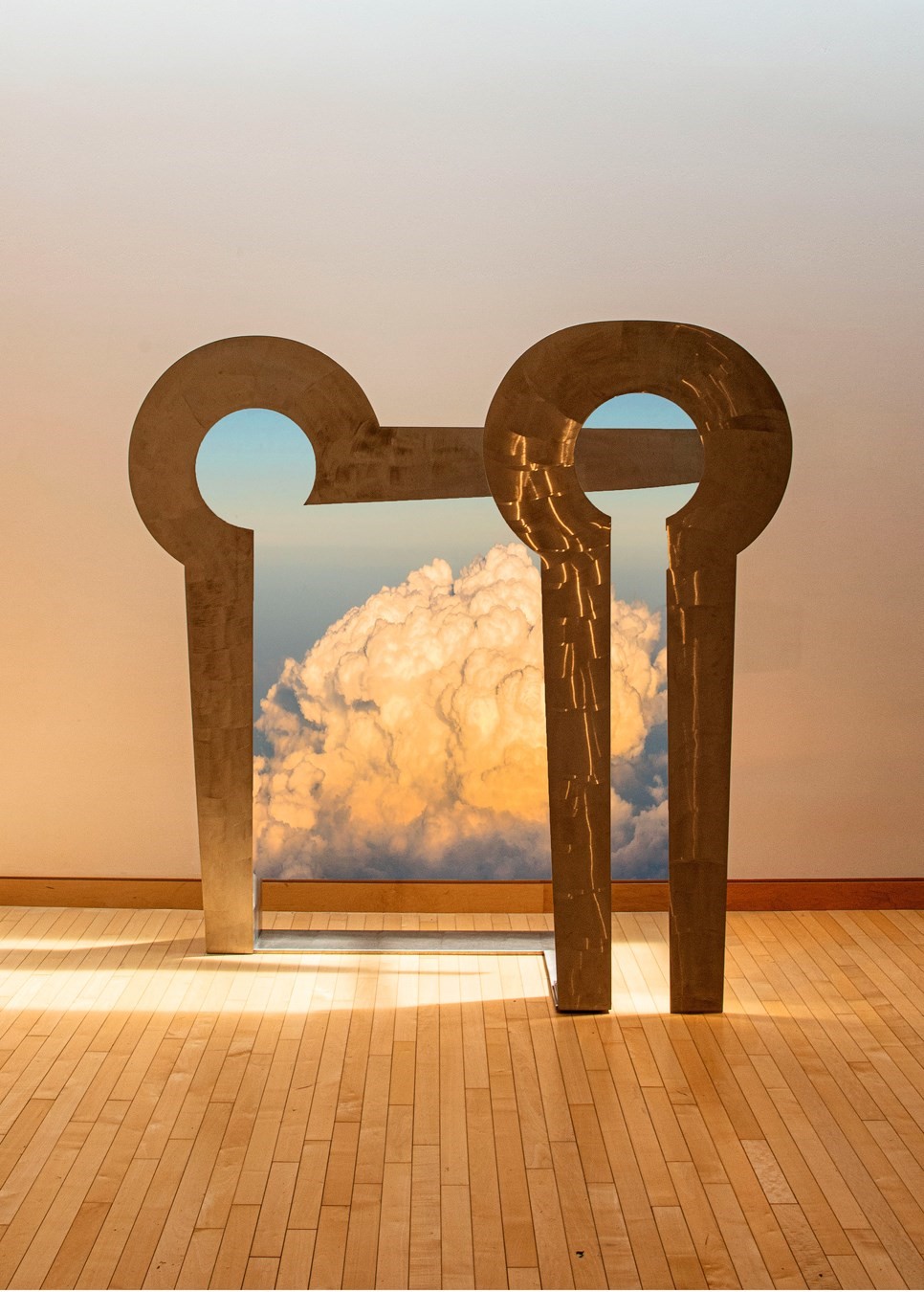
6
In 1931, Noguchi spends nearly nine months in Japan, immersing himself in its art and culture. But the trip is also marked by a series of uneasy encounters with his father. Those meetings are emotionally distressing, not least because of his father’s increasingly nationalistic politics. Japan’s swelling militarism bewilders and repulses Noguchi, and he leaves just as Japan invades Manchuria, returning to New York both troubled and relieved.
Just over a decade later, Roosevelt signs Executive Order 9066, and the United States begins interning Japanese citizens and immigrants. Noguchi flees the west coast, only to return and, in a gesture at once bold and deluded, enters the internment camp in Poston, Arizona. He remains there for six months. He enters with the hope of making the camp a model community with parks and playgrounds and craft programmes for the prisoners. But as the weeks pass, it becomes clear there are neither the funds nor the will to enact any of these projects.
From this dusty incarceration, Noguchi writes I Become a Nisei, a short and troubling text in which he makes a puzzling plea for assimilation, the conversion of Japanese Americans into “an eager army for democracy”. Even more confounding is his delusion about internment, which he describes as an “opportunity ... it is planned to build here a community, dedicated in democracy and to the proposition that the spirit of freedom may be nurtured and grow even in confinement”. There’s an ugly convolution to that sentence, a tortured logic. I find myself trying to understand who Noguchi was writing for. Was it an imagined public? Was it only himself? How afraid was he, how wracked by the precariousness of his incarceration, to cling to such a naive delusion?
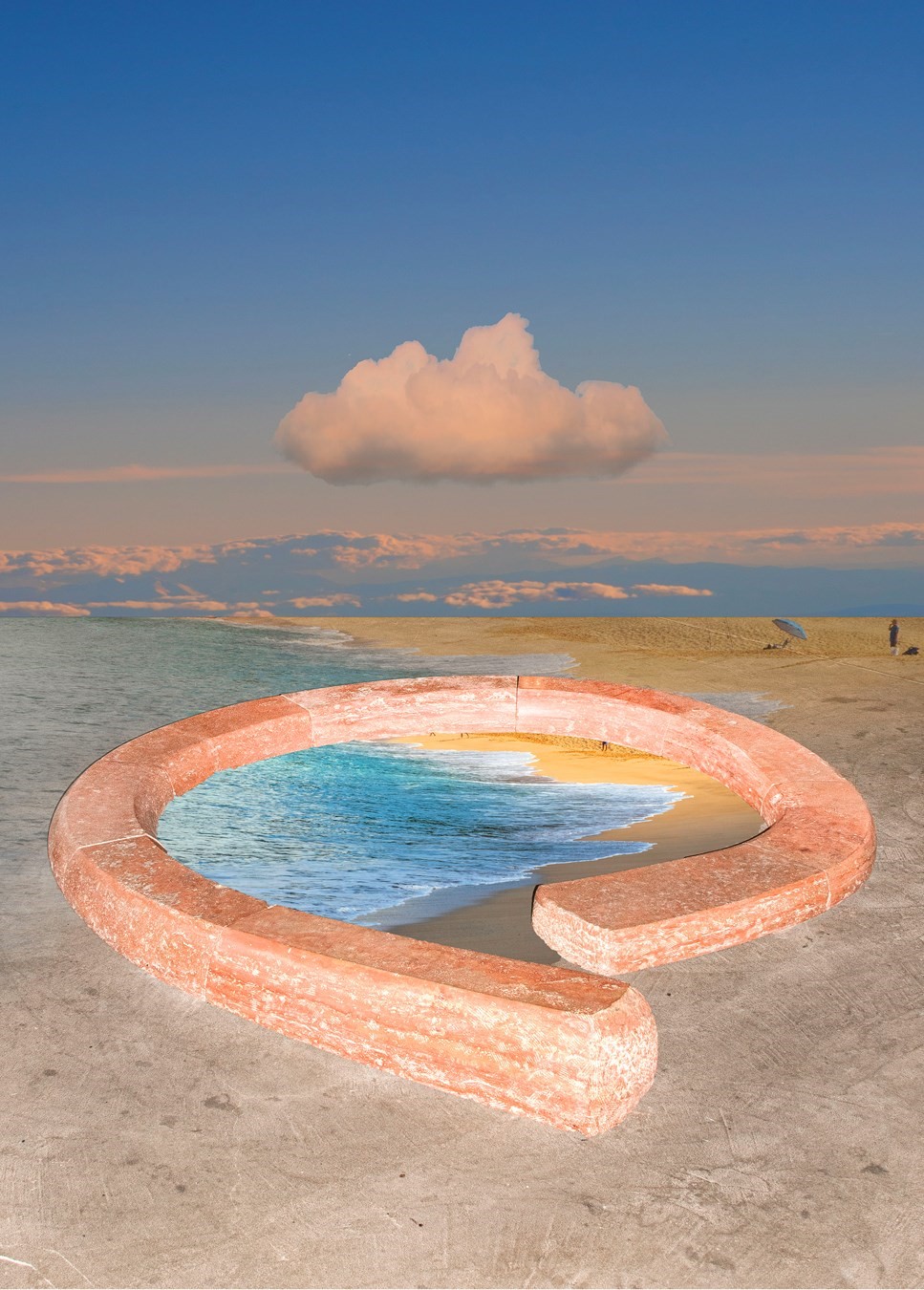
7
From Poston he writes a letter to Man Ray: “Dear Man ... Here time has stopped and nothing is of any consequence, nothing of any value, neither our time or our skill. Our sphere of effective activity is cut to a minimum. Our preoccupations are the intense heat, the afternoon dust storms ...
O! For the sea!
" " an orange
8
In part because of his furniture and lighting, Noguchi’s sculptural forms travel wide and far. The Akari light sculptures, the Noguchi coffee table, disseminate through homes around the world, in the pages of magazines and catalogues and internet browsers, in both licensed and unlicensed reproductions. Those pieces have been cannibalised by the culture and sometimes regurgitated in distorted form.
Strangest of all was the unveiling of Floor Frame in the White House Rose Garden in 2020. The ceremony was performed by the first lady married to an American president who had previously refused to condemn the internment of Japanese Americans, saying only that “war is tough” and, “I would have had to be there at the time to give you a proper answer.” The first lady wore a skirt with a pattern that matched the jagged form and breaks of the sculpture; in this way, the most vulgar of administrations ushered the sublime restraint of Noguchi’s sculpture into the White House.
Still, as the director of the Noguchi Museum told the New York Times, “The key for us is that this will be on display in perpetuity at the White House. Administrations come and go, but artwork remains.”
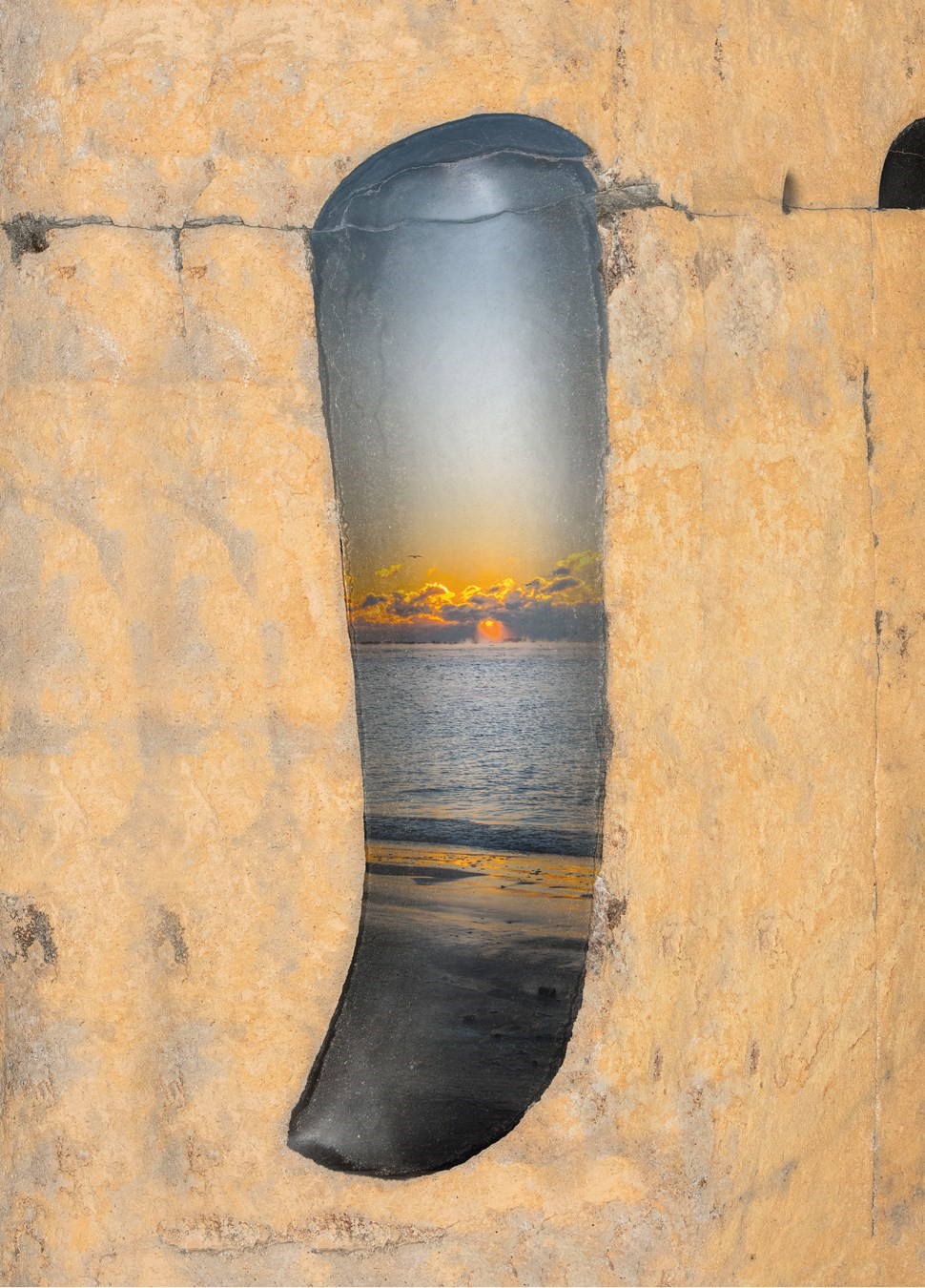
9
The Noguchi Museum, much like Donald Judd’s Chinati Foundation, was conceived by Noguchi as the ideal context for viewing his work. But unlike the cavernous spaces at Chinati, the Noguchi Museum is intimate and human-scaled. When I arrive, I am directed into the garden, populated by a handful of masked visitors. Almost immediately, I experience the fluidity of Noguchi’s space – the way his sculptures, their installation, the disposition of the space all invite movement.
I circle the work, stepping forward and back and to the side. I feel how much I am embodying perspective, a specific point of view. Often when I look at a piece of art, it feels like an encounter with another mind, like contemplating some consciousness and context that is distinct from my own. But looking at Noguchi’s work is a deeply internal experience that returns me to myself. The object that I am looking at no longer seems fixed or absolute, but instead vibrates with possibility.
10
When I was a teenager, my father suddenly announced that he had accepted a position at a Japanese university. He commuted between California and Kyoto for several years, living in a small, two-bedroom apartment in an anonymous high-rise building. Then, when my parents decided to return to Japan in a more permanent way, they purchased a machiya in the old weaving district of Kyoto. The house, unusually large by Japanese standards, had a mirrored dance studio on the ground floor and was rumoured to have belonged to a yakuza.
My parents meticulously restored the machiya, installing fresh tatami and shoji and restoring the tori-niwa and the engawa. In the end, they created a living space that was, as their neighbours noted, strenuously Japanese. But after two long decades in the United States, this was what coming home looked like. A distillation of sorts, or perhaps an incantation.
Following his marriage to singer and actor Yoshiko Yamaguchi in 1951, Noguchi moves to Kita-Kamakura, living in a traditional Japanese farmhouse that is more than 200 years old. A brief period of marital peace and creative productivity ensues, with Noguchi creating both ceramic and Akari sculpture. Eventually, though, Yamaguchi begins to find Noguchi’s rigorous aesthetic restrictive. Everything “had to be in accord with the tone of the house ... he did not tolerate anything that did not match with his aesthetic”. The couple separate not long afterwards.
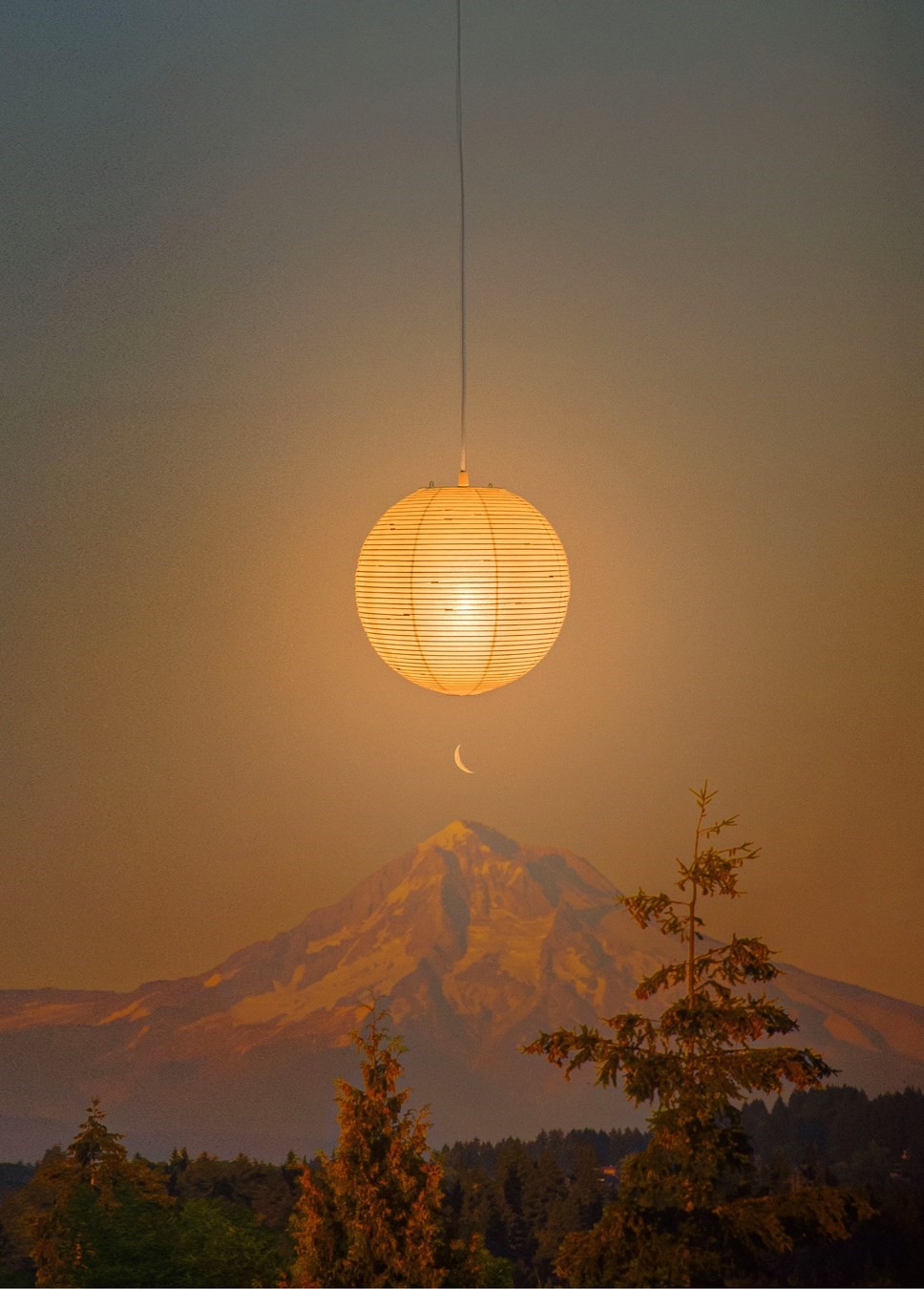
11
In the final two decades of his life, the commissions and solo exhibitions that eluded him for years arrive in a cascade. There is a retrospective at the Whitney Museum in 1968 – his first in the United States – and a slew of large-scale commissions follows. These include the monumental Black Sun in Seattle, the fountains for the Expo 70 in Osaka, the Horace E Dodge Fountain and Philip A Hart Plaza in Detroit, the sculpture garden at the Houston Museum of Fine Arts, the sublime California Scenario garden in Costa Mesa, the Bolt of Lightning ... A Memorial to Ben Franklin in Philadelphia, the Challenger Memorial in Miami, culminating in the US Pavilion at the 1986 Venice Biennale. He is, by this point, widely considered one of the 20th century’s great sculptors.
But equally there are the works that went unmade, that exist only as sketches and models and visions. Works that remain potential.
12
On the bus to school, my son sits beside me and we read our books. At a certain point, he becomes interested in my book, the recent Hayden Herrera biography of Noguchi. I show him the photographs of Noguchi as a boy and then a young man, I flip through the book and find the plaster models of Play Mountain and Contoured Playground. My son examines the soft mounds and divots, the pyramid and chutes.
My son has a tactile relationship with books, he squeezes and holds them close to his body. When there is something that he likes – a joke, a turn of phrase or an image – he folds down the corner of the page so he can revisit the precise moment that struck him or gave him pleasure. Now, as the bus rounds a corner, he leans into me. He examines the model for the unrealised Riverside Park playground, a landscape of ideal childhood, then reaches across and presses the corner of the page down, sealing the crease with his fingers.
Intimacies by Katie Kitamura, published by Jonathan Cape, is out now. Noguchi is at Barbican, London EC2, until 9 January 2022.
This article originally featured in the Autumn/Winter 2021 issue of AnOther Magazine which will be on sale from . Pre-order a copy here and sign up for free access to the issue here.
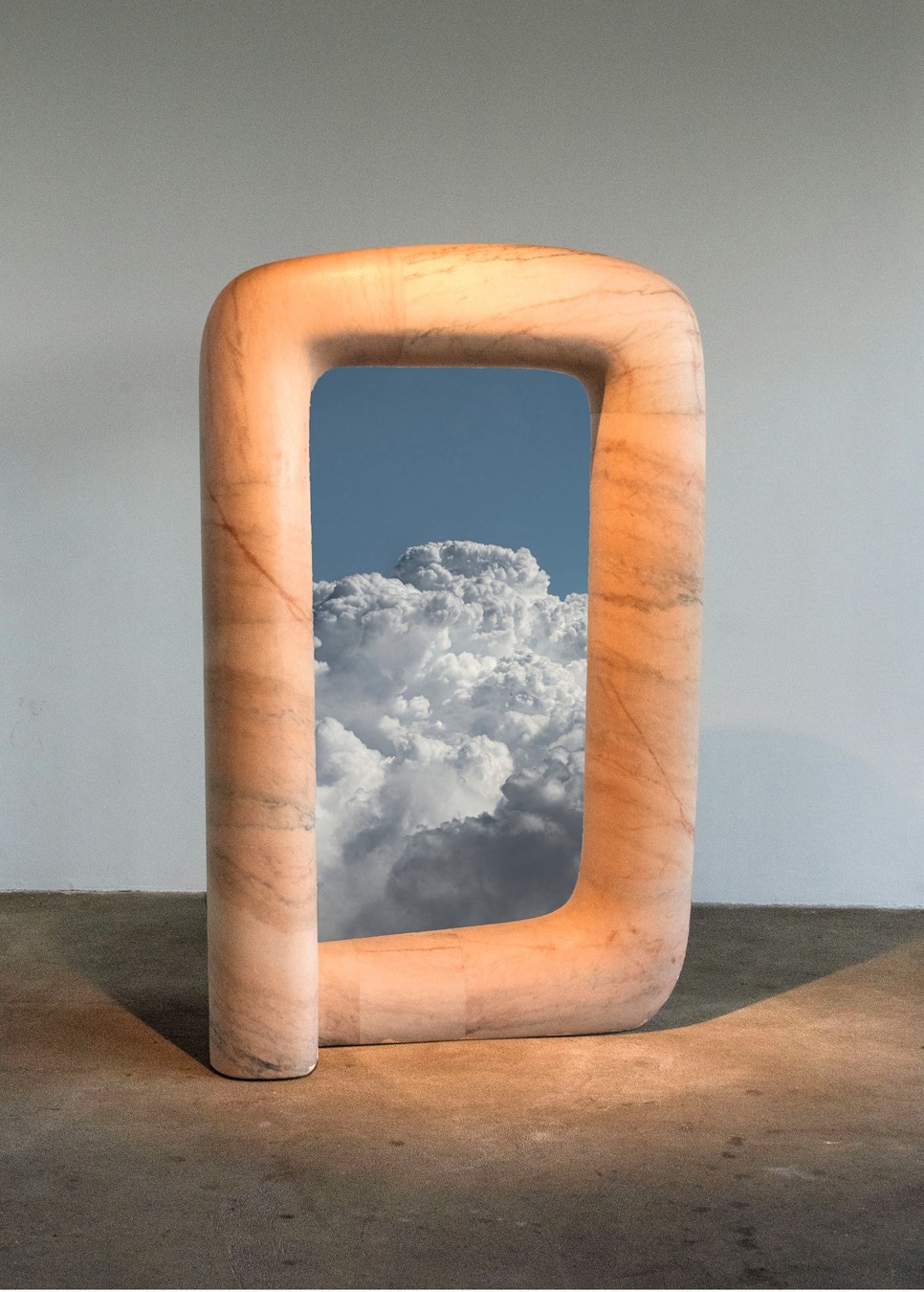
Appendix I
A BRIEF BIOGRAPHY OF ISAMU NOGUCHI (1904–1988)
Over his six-decade career, the artist Isamu Noguchi’s body of work expressed his deep humanist values and democratic belief that art should be accessible to all. He created sculptures, but also sunken gardens, costumes and props for George Balanchine, sets for Martha Graham and mass-produced goods from Bakelite baby monitors to lamps and modernist coffee tables. Born in LA in 1904, Noguchi moved to Japan with his American mother aged two, living there until he moved to school in Indiana at 13. Those formative years shaped a peripatetic artist: he would later complete an apprenticeship in Paris with Constantin Brâncuși in 1927, spend time in Mexico with Frida Kahlo, be voluntarily interned in a camp in Arizona during the second world war and go on to keep studios in both Mure, Japan, and New York. Prior to his death in 1988, Noguchi opened The Isamu Noguchi Foundation and Garden Museum in Queens, New York, in 1985 – a culmination of his commitment to art in public spaces. His profound belief in the social significance of sculpture is reflected in his public artworks, including the Unesco garden in Paris (1956–58), the History Mexico frieze in Mexico City (1936), the Expo 70 fountains in Osaka, the Playscapes playground in Atlanta (1975–76) and Sky Gate, a soaring outdoor installation in Honolulu (1976–77). Grappling with a shifting sense of identity throughout his life, Noguchi ultimately came to describe himself as a citizen of “Spaceship Earth”. He bequeathed to the planet an expansive, generous legacy of works that engage with mankind in all its messy contradictions.
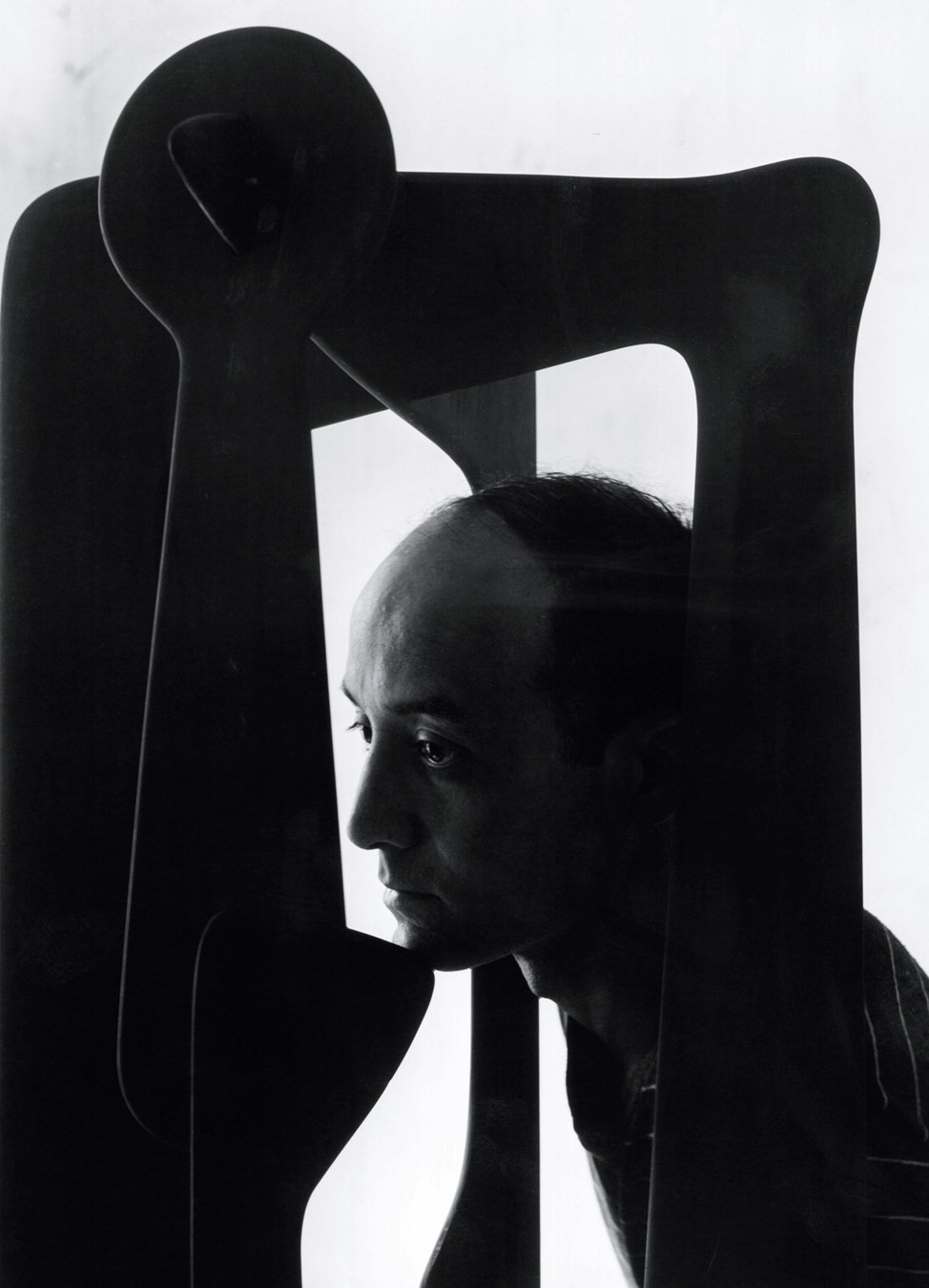
Appendix II
AN INDEX OF ARTWORKS REFERENCED
Momo Taro, 1977–1978
Storm King Art Center, New Windsor, New York, USA
Granite
Akari Light Sculptures, 1951–1988
Paper, bamboo and metal
Noguchi Coffee Table (IN-50), 1944
Wood and glass
Floor Frame, 1962
White House Rose Garden, Washington DC, USA
Bronze
Black Sun, 1969
Volunteer Park, Seattle, Washington, USA
Granite
Horace E Dodge and Son Memorial Fountain, 1981
Philip A Hart Plaza, Detroit, Michigan, USA
Stainless steel, granite and water
Philip A Hart Plaza, Detroit, Michigan, USA 1971–79
Bolt of Lightning ... Memorial to Ben Franklin, 1933–84
Monument Plaza, Philadelphia, Pennsylvania, USA
Stainless steel
Challenger Memorial, 1985–87
Bayfront Park, Miami, Florida, USA
Steel and paint
What Is Sculpture?
US Pavilion, Venice Biennale, Venice, Italy, 1986
Play Mountain (model), 1933
Plaster
Contoured Playground (model), 1941
Plaster
Riverside Park Playground (model), 1963
Plaster
All artworks by Isamu Noguchi © The Isamu Noguchi Foundation and Garden Museum/Artists Rights Society
This article appears in the Autumn/Winter 2021 issue of AnOther Magazine which will be on sale internationally from 7 October 2021. Head here to purchase a copy.
